(March 10, 2023)The Padma Awards list for 2023 features one of the finest Indian-origin mathematician in the field today – Srinivasa S.R. Varadhan. He is widely known for his contributions in the field of probability theory and for creating a unified theory of large deviations. In 2007 Srinivasa became the first Asian to receive the prestigious Abel Prize. Named after the famous Norwegian mathematician, the award was bestowed upon Srinivasa by the King of Norway. One year later, in 2008, Srinivasa was honoured with a Padma Bhushan.
The ace mathematician’s impressive list of awards and honours includes the National Medal of Science (2010), which he received from the former president of America, Barack Obama. It’s the highest honour bestowed by the United States government on STEM professionals. Srinivasa also received the Birkhoff Prize (1994), the Margaret and Herman Sokol Award of the Faculty of Arts and Sciences, New York University (1995), and the Leroy P Steele Prize for Seminal Contribution to Research (1996) from the American Mathematical Society for his work on diffusion processes.
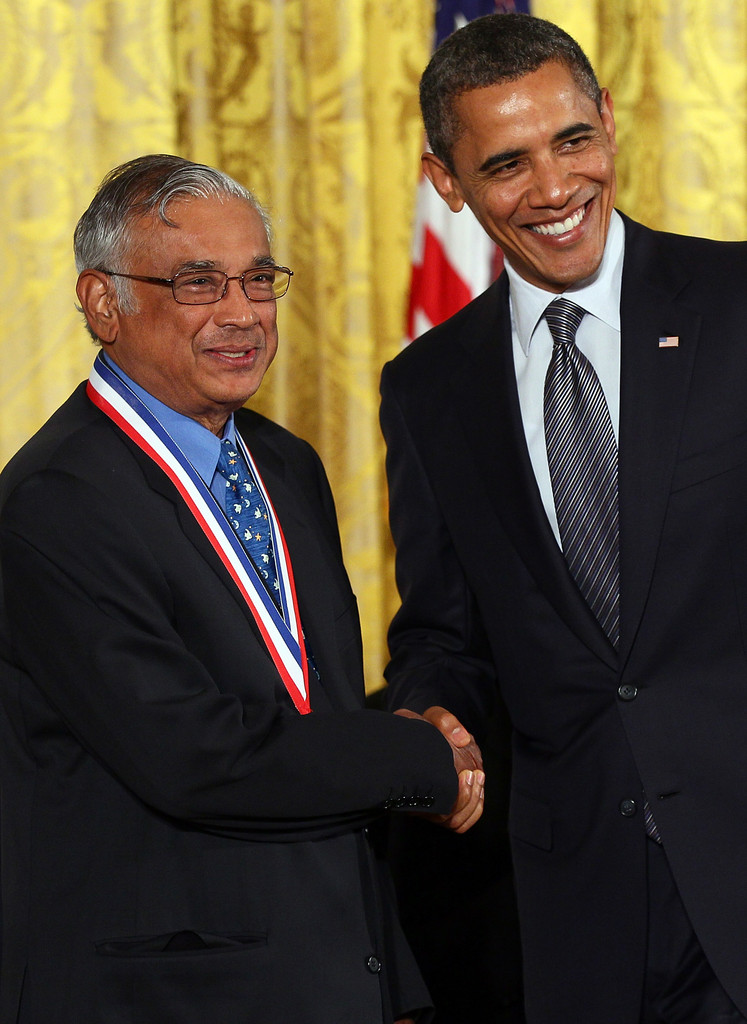
Srinivasa Varadhan with Barack Obama
“I think mathematics is a beautiful subject because it explains complicated behaviour by simple means. I find beauty in simplicity through mathematics,” Srinivasa had remarked in a conversation with professors from Denmark and Norway.
A source of inspiration for mathematicians across the world, Srinivasa has been a member of the scientific committees of several international research agencies including the US National Academy of Sciences, and Norwegian Academy of Science and Letters. He has also been elected as a fellow at some the highest institutions in mathematics – the American Academy of Arts and Sciences, the Third World Academy of Sciences, the Institute of Mathematical Statistics, the Royal Society, the Indian Academy of Sciences, the Society for Industrial and Applied Mathematics, and the American Mathematical Society.
The Global Indian received two honorary degrees from Université Pierre et Marie Curie in Paris (2003) and from Indian Statistical Institute in Kolkata (2004).
Early life
Born into a Hindu Tamil Brahmin family in 1940 in Chennai (then Madras), Srinivasa moved with his family to Kolkata (then Calcutta) in 1953. As a maths teacher’s son, he enjoyed maths and science from an early age. It was not just his father but also his teachers who influenced him in his growing up years.
Talking about his childhood in an interview, he reminisced, “In high school I had an excellent mathematics teacher, who asked some of his good students to come to his house during weekends and gave them extra problems to solve. We thought of these problems just as intellectual games that we played; it was not like an exam; it was more for enjoyment. It helped me realise that mathematics is something that you can enjoy like playing chess or solving puzzles,” he said.
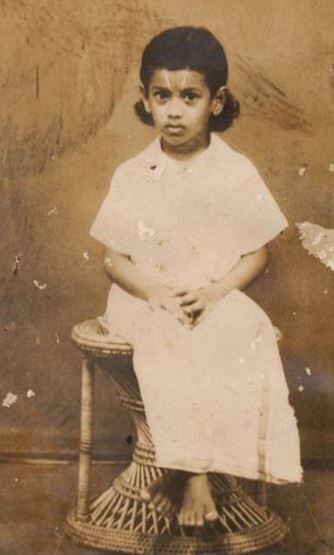
Srinivasa Varadhan at the age of seven
Srinivasa went on to pursue graduation and post-graduation from Presidency College, Chennai, earning his master’s degree at the tender age of twenty. He received his doctorate from Indian Statistical Institute (ISI) in 1963.
After spending the first 23 years of life in India, he moved to USA where he has been staying for the last 60 years.
In the US, Srinivasa Varadhan did his postdoctoral fellowship from the Courant Institute of Mathematical Sciences, New York University (NYU) – one of the most prestigious research centres in the world, and was offered a job there even before he completed his research. The institution remained Srinivasa’s academic home throughout his illustrious career. With his colleagues at the institution, he has made valuable contributions in the sphere of stochastic processes, mathematical physics and hydrodynamics.
The course of life
The mathematician has been very popular in academic circles, not because of his awards but also because he is known for being friendly and approachable. He is respected for not just being a great researcher but also for being an excellent lecturer. Over the years he has written a number of books and supervised various PhD scholars.
Although Srinivasa has spent six decades of his life in the US, he has never lost touch with India. “I grew up in India, and I think that part of your life always stays with you. I am still very much an Indian in the way I live. I prefer Indian food to anything else, and I am a practising Hindu,” he said in an interview “But when you are living in the United States you learn to adjust a little bit, you perhaps have a combination of the two in your lifestyle that you get comfortable with,” he added.
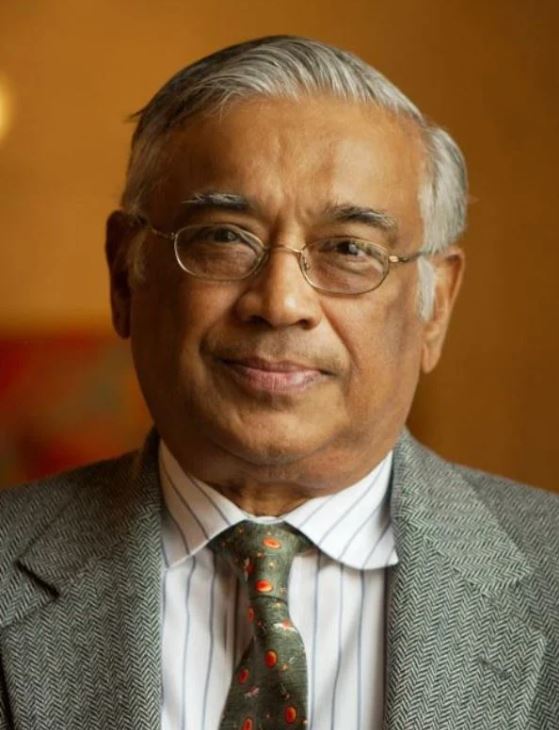
The Indian-American stalwart also loves Tamil literature. “It is a language which is 2,000 years old, almost as old as Sanskrit, and perhaps the only language which today is not very different from the way it was thousands of years ago,” he said in an interview adding, “So, I can take a book of poetry which was written 2,000 years ago, and still be able to understand,” he smiled.
The 83-year-old continues to remain active in mathematics teaching and research believing that ‘the missing piece may occur at any time, and there are always enough problems to solve since every solution generates more problems.”
- Follow Srinivasa Varadhan on Courant Institute of Mathematical Sciences’ website


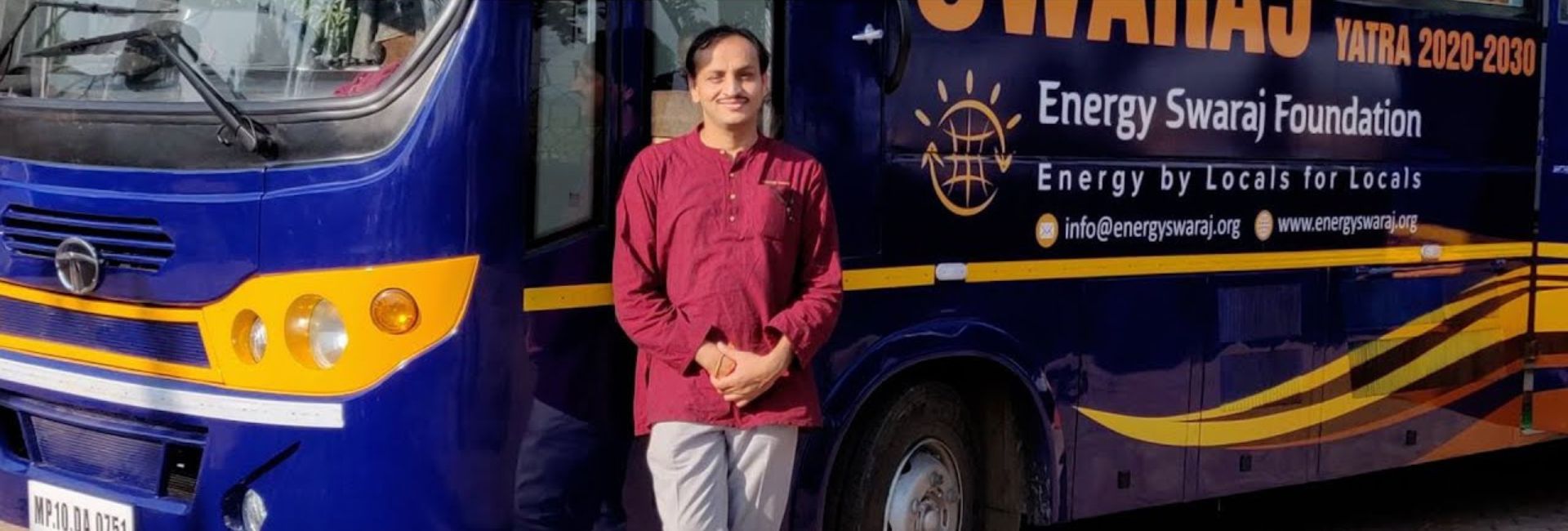
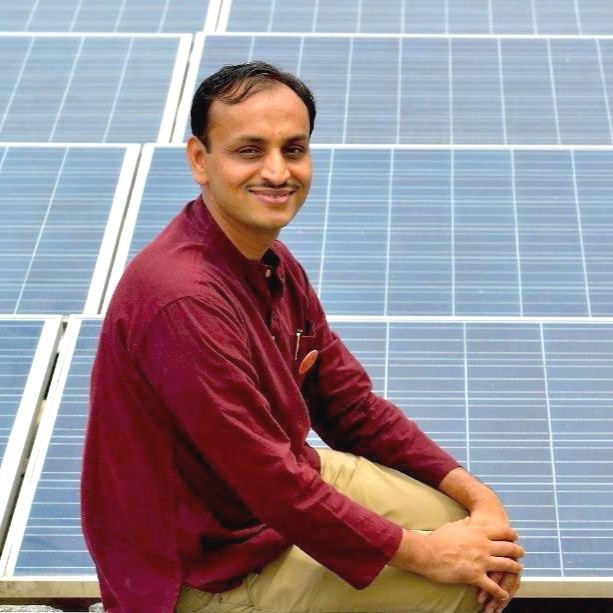 Chetan Solanki, the Solar Man of India[/caption]
Chetan Solanki, the Solar Man of India[/caption] The Solar Man of India has been on the Energy Swaraj Yatra for over 1000 days[/caption]
The Solar Man of India has been on the Energy Swaraj Yatra for over 1000 days[/caption]
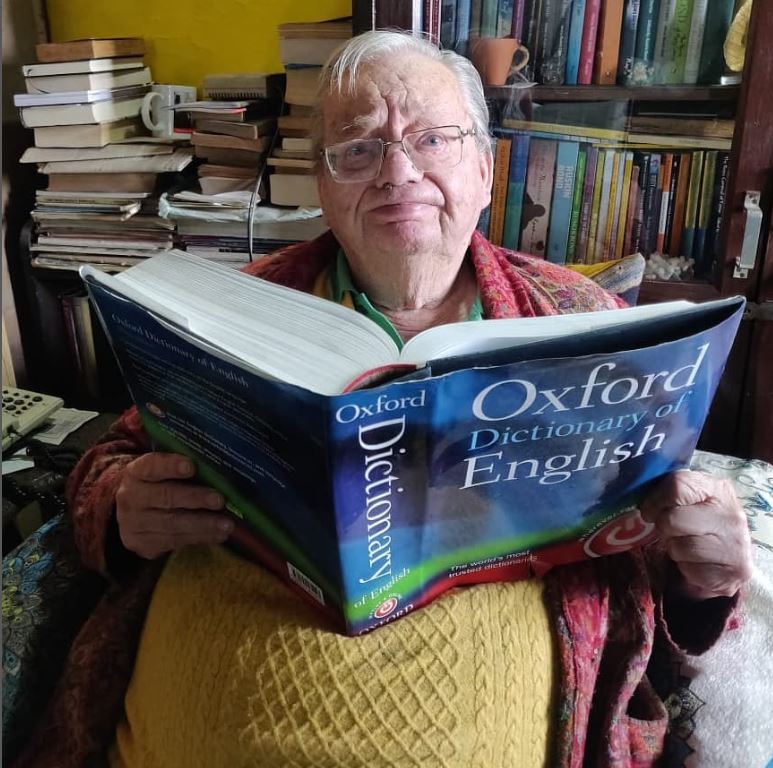 Ruskin Bond calls the dictionary his favourite book[/caption]
Ruskin Bond calls the dictionary his favourite book[/caption]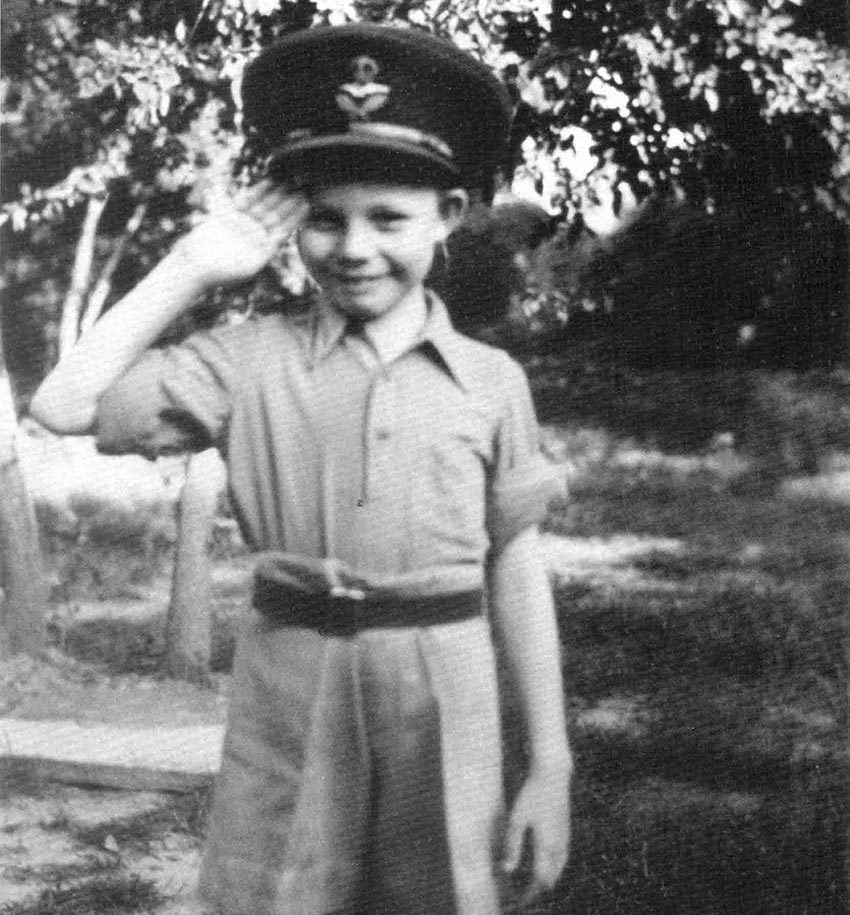 Little Ruskin Bond[/caption]
Little Ruskin Bond[/caption]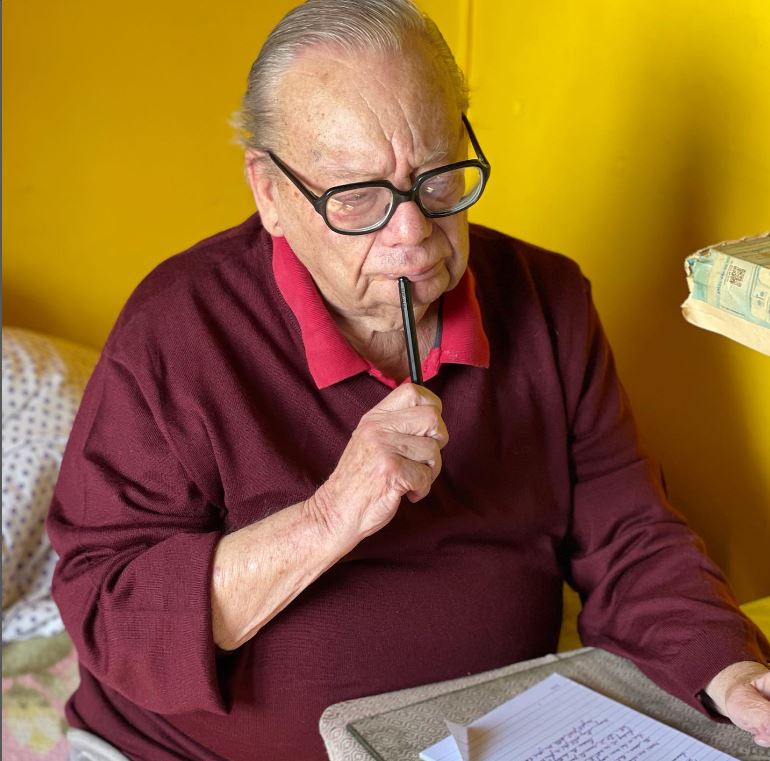 Busy at work[/caption]
Busy at work[/caption] Ruskin Bond in his youth[/caption]
Ruskin Bond in his youth[/caption]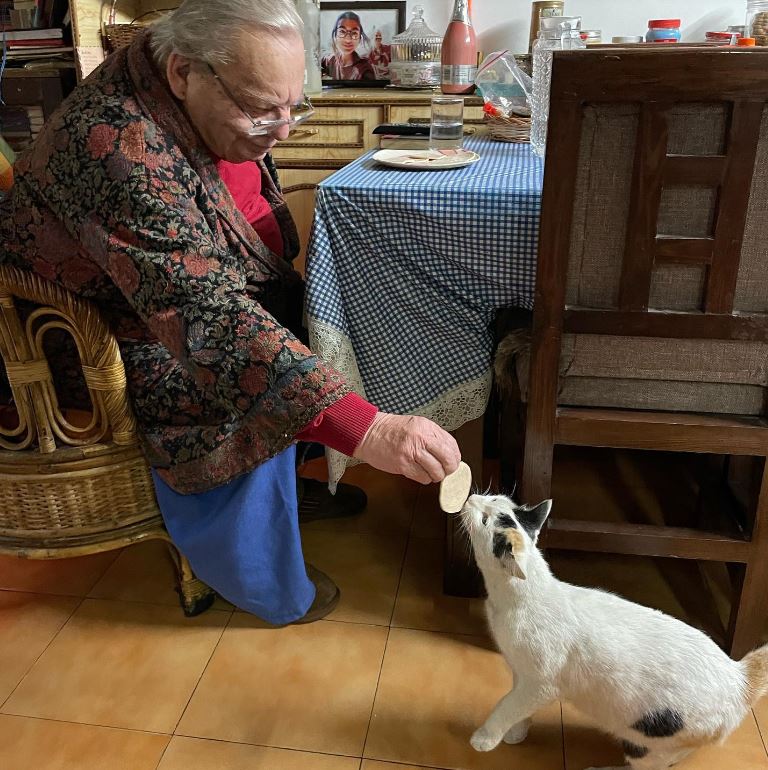 Ruskin Bond with his cat Cleopatra[/caption]
Ruskin Bond with his cat Cleopatra[/caption]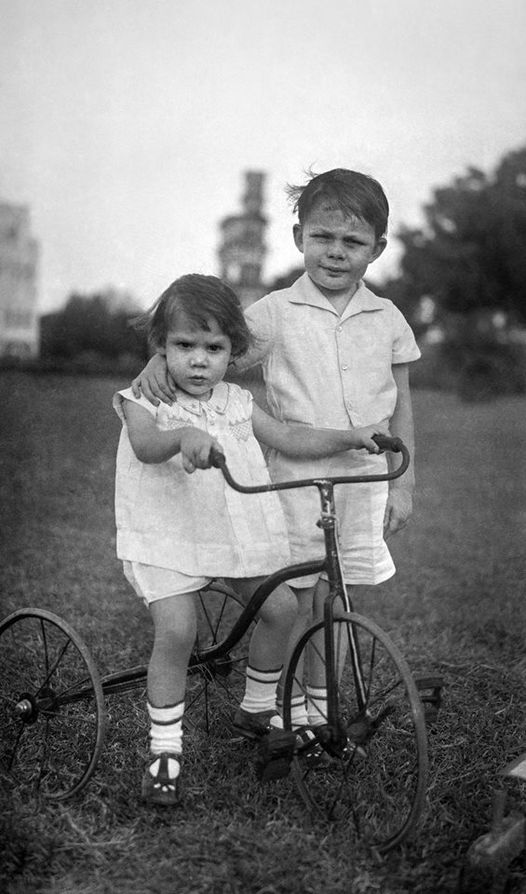 Ruskin Bond in his childhood with his sister Elle[/caption]
Ruskin Bond in his childhood with his sister Elle[/caption]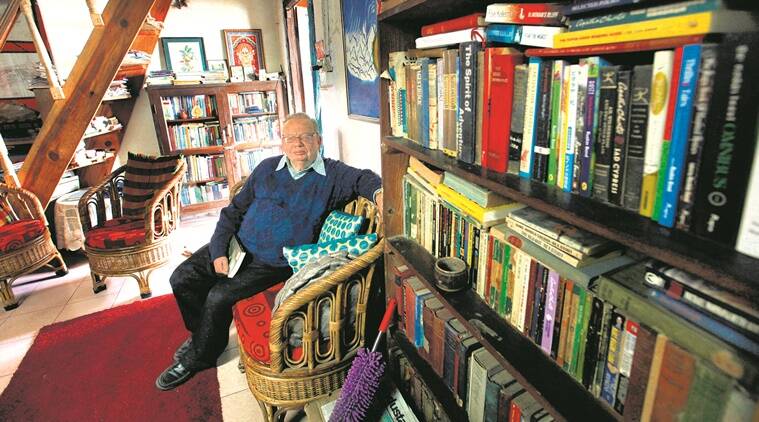 Amidst the books[/caption]
Amidst the books[/caption] Playfully pretending to be a flower[/caption]
Playfully pretending to be a flower[/caption]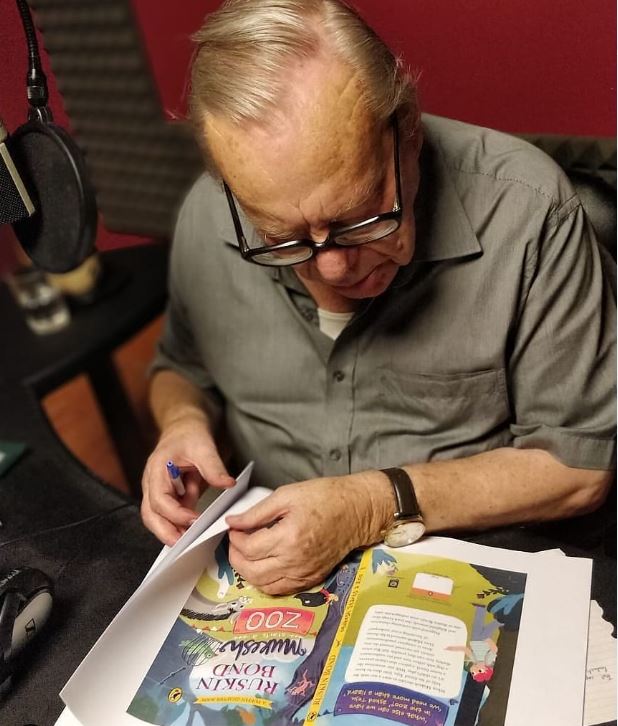 Busy at work[/caption]
Busy at work[/caption]
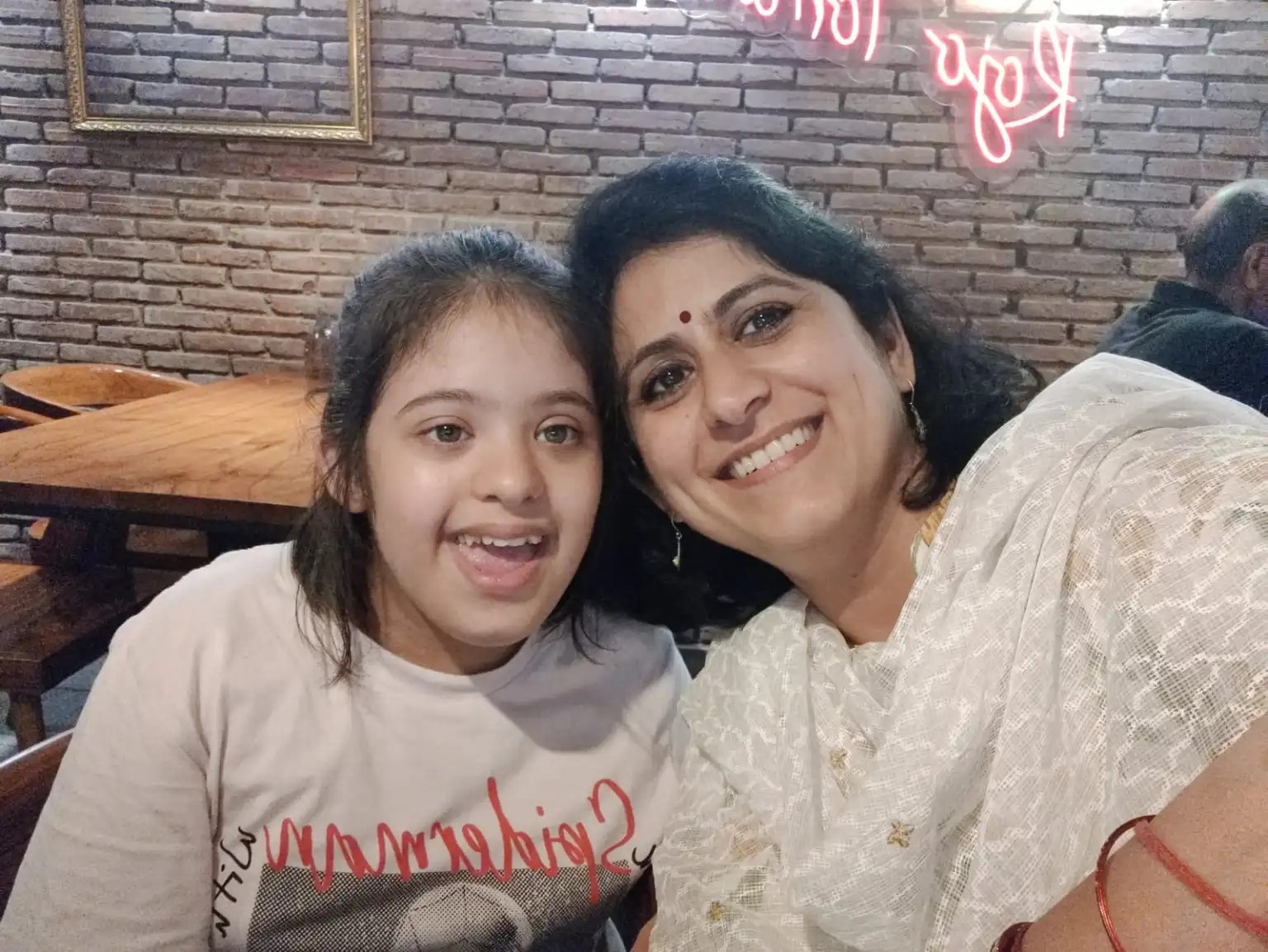 Shivani Dhillon and her daughter, Shreya[/caption]
Shivani Dhillon and her daughter, Shreya[/caption]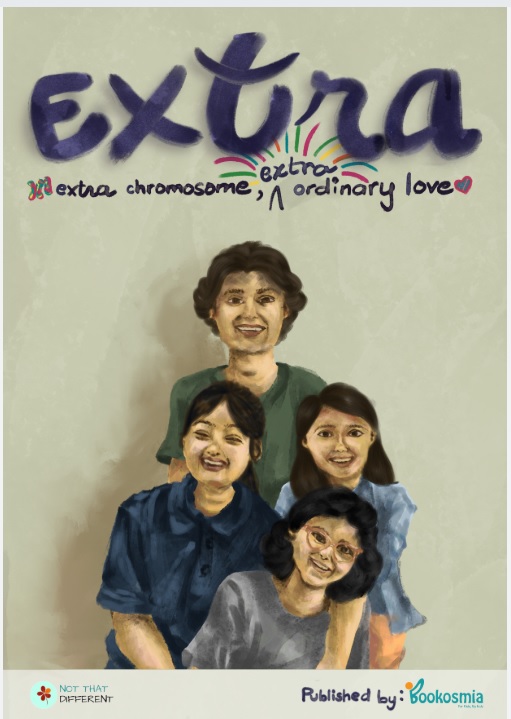
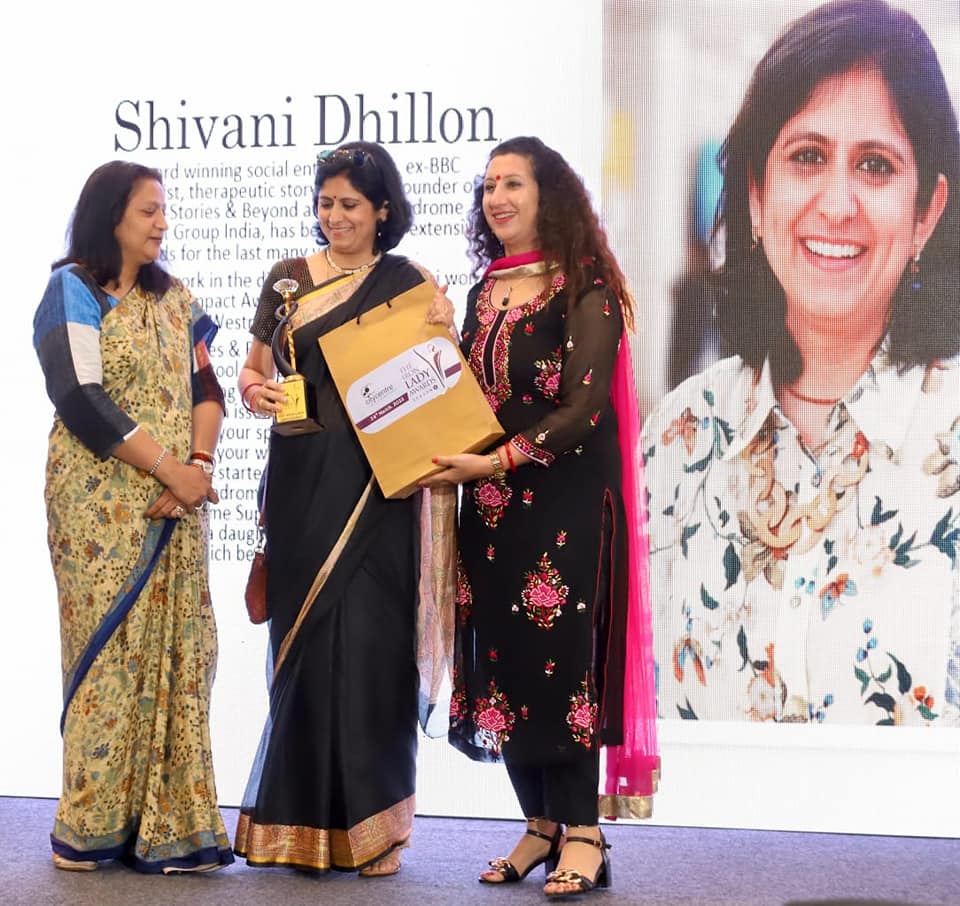
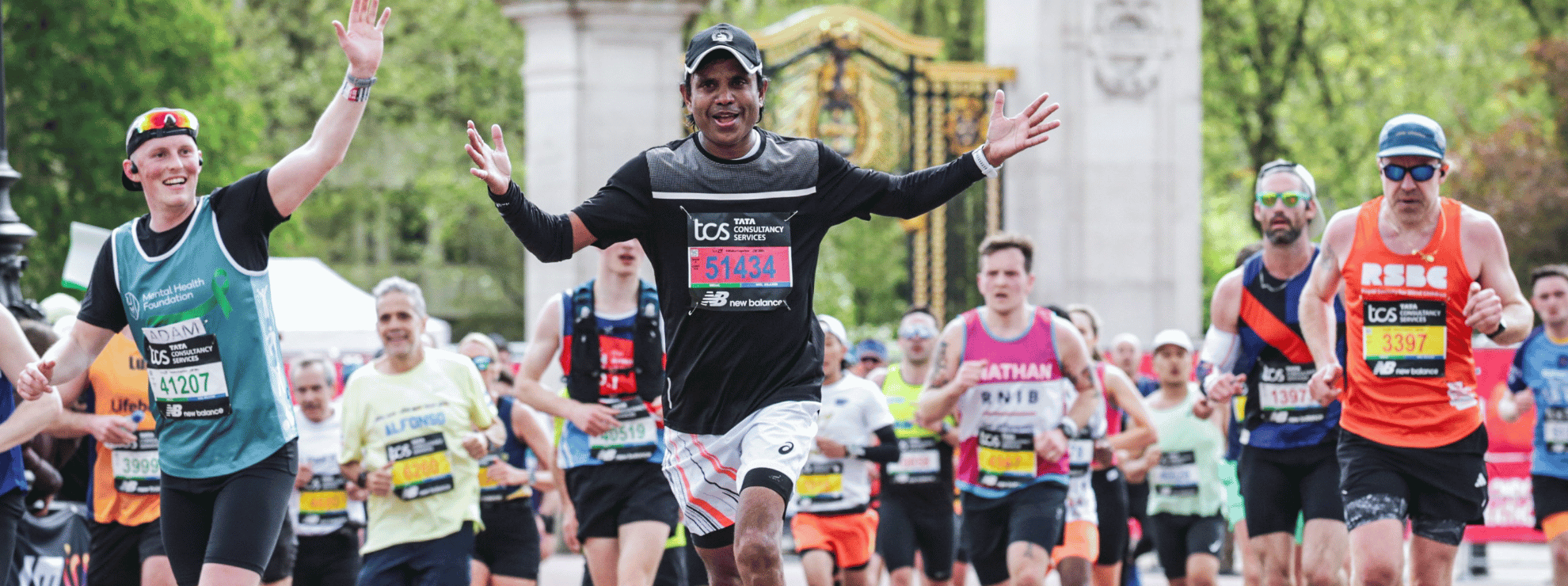
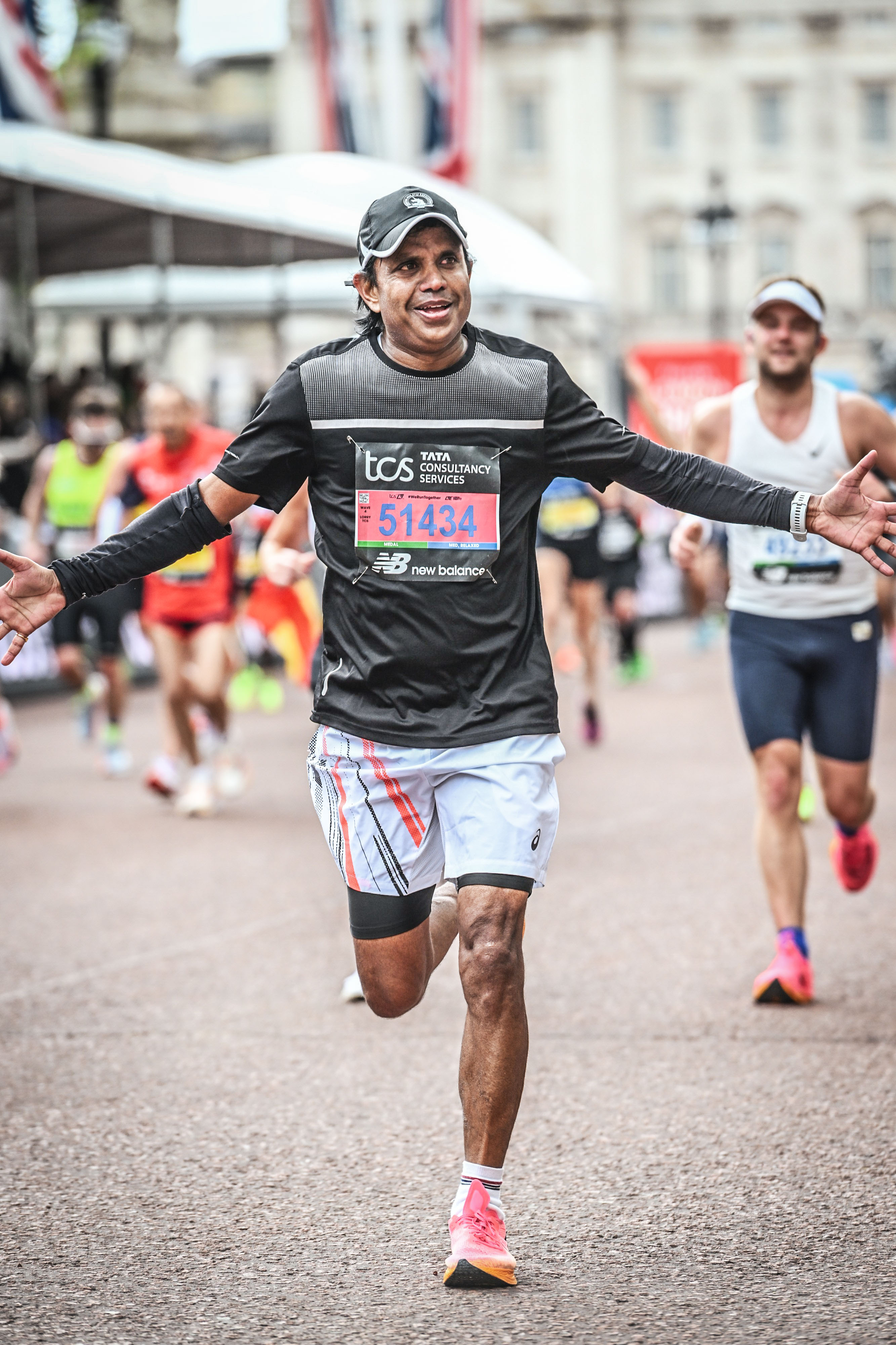 Murthy RK has taken part in all the world's most important marathons[/caption]
Murthy RK has taken part in all the world's most important marathons[/caption]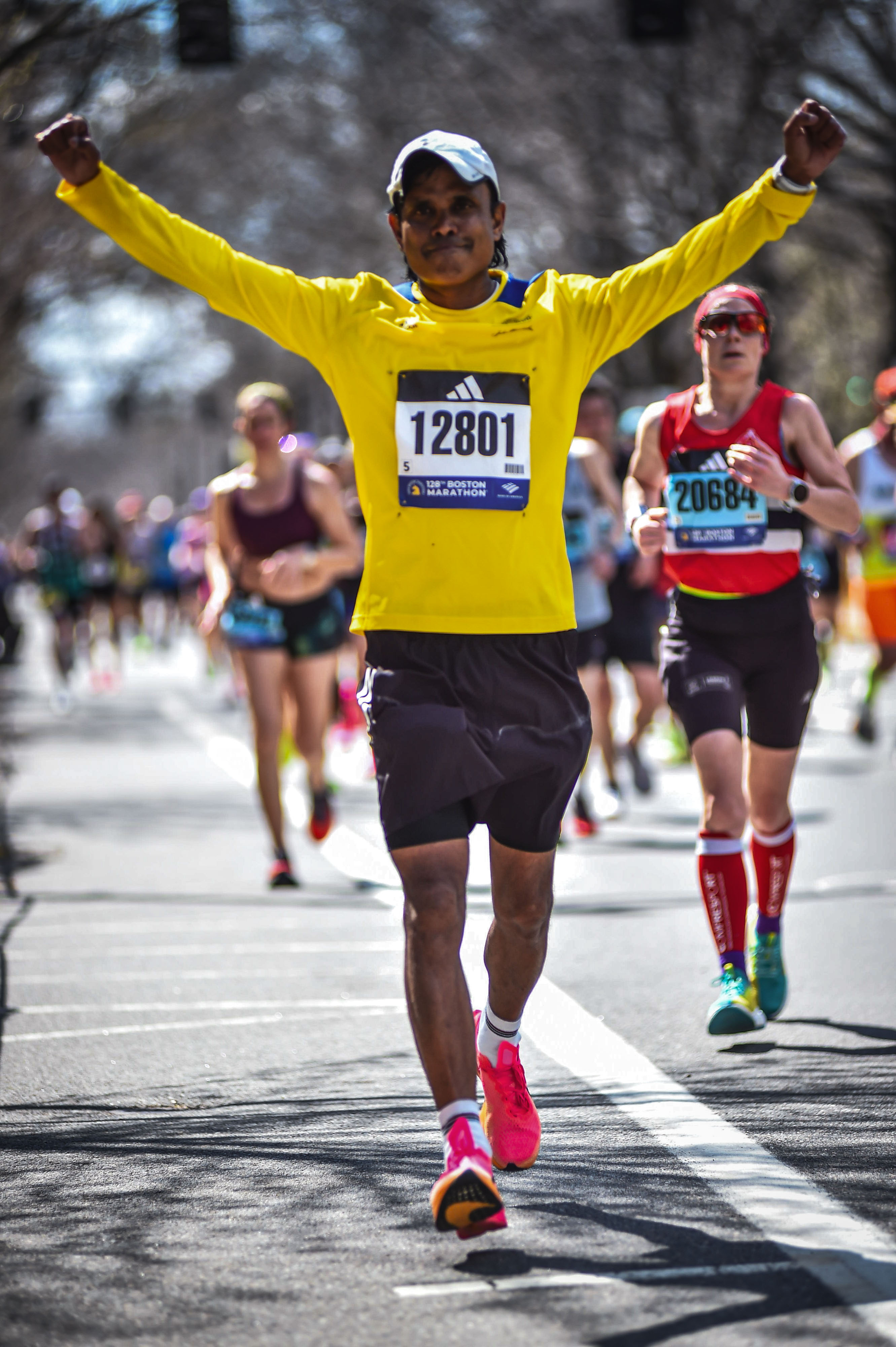 At the Boston Marathon[/caption]
At the Boston Marathon[/caption]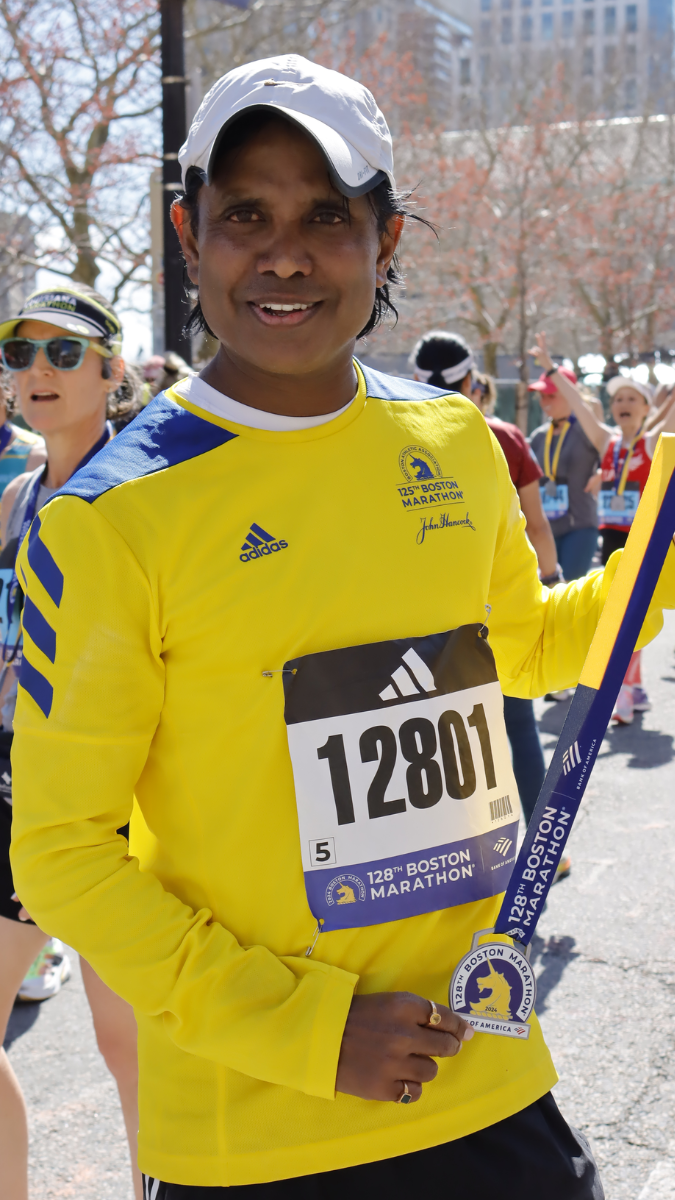

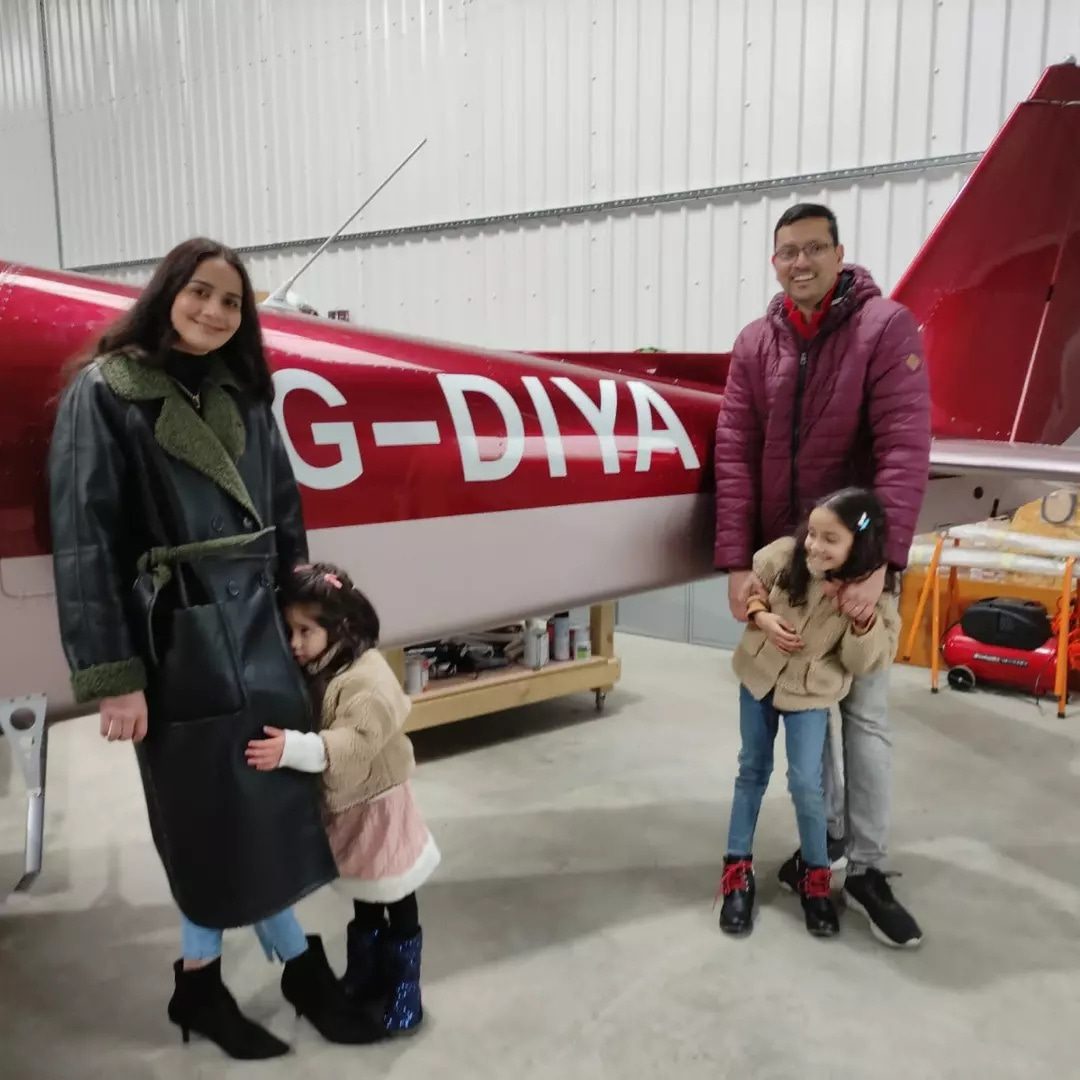 Ashok and Abhilasha Aliseril with their daughters at the hangar (Photo courtesy: Ashok and Abhilasha Aliseril)[/caption]
Ashok and Abhilasha Aliseril with their daughters at the hangar (Photo courtesy: Ashok and Abhilasha Aliseril)[/caption]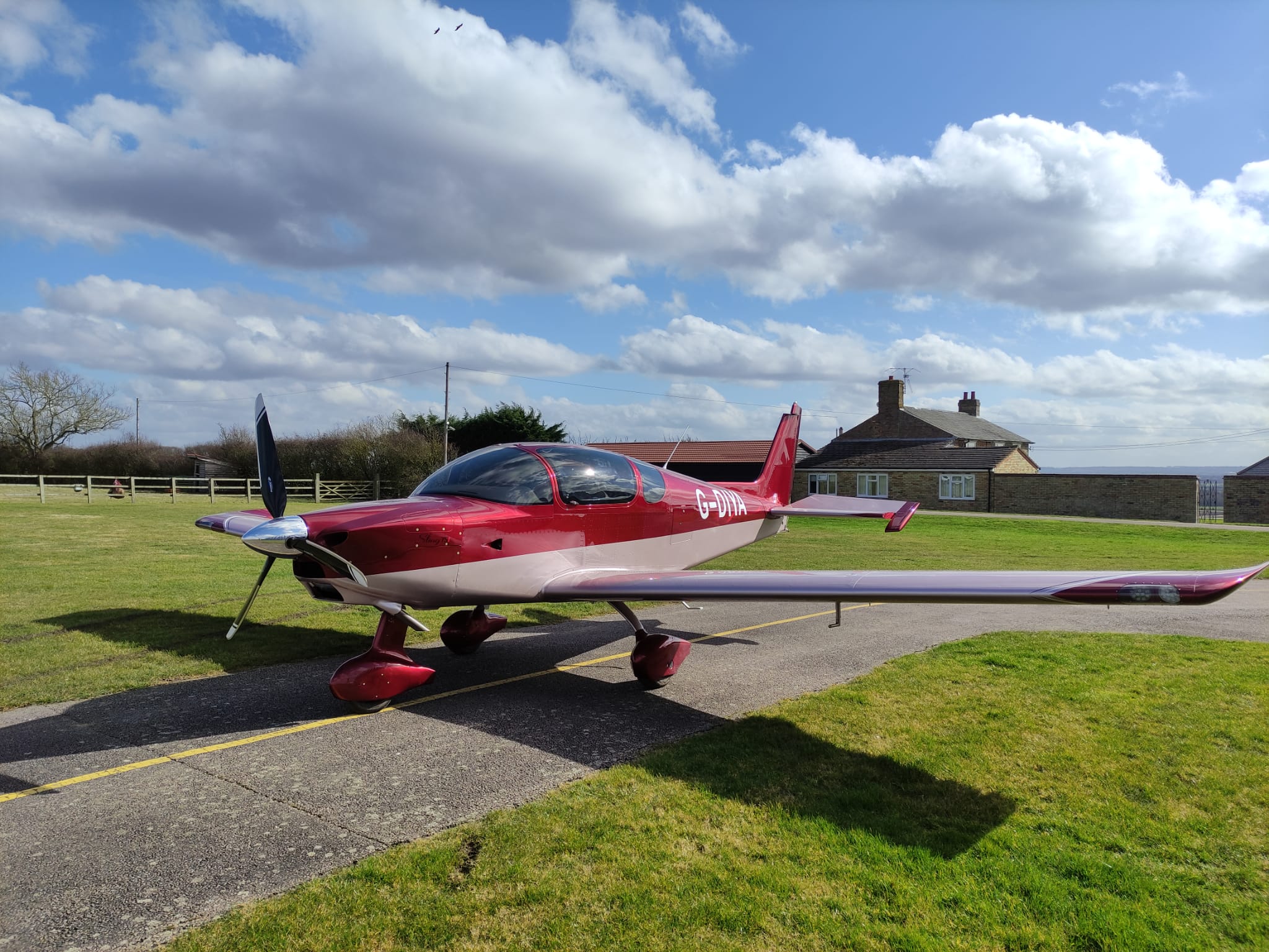 G-DIYA, a four-seater built by Ashok Aliseril (Photo courtesy: Ashok and Abhilasha Aliseril)[/caption]
G-DIYA, a four-seater built by Ashok Aliseril (Photo courtesy: Ashok and Abhilasha Aliseril)[/caption]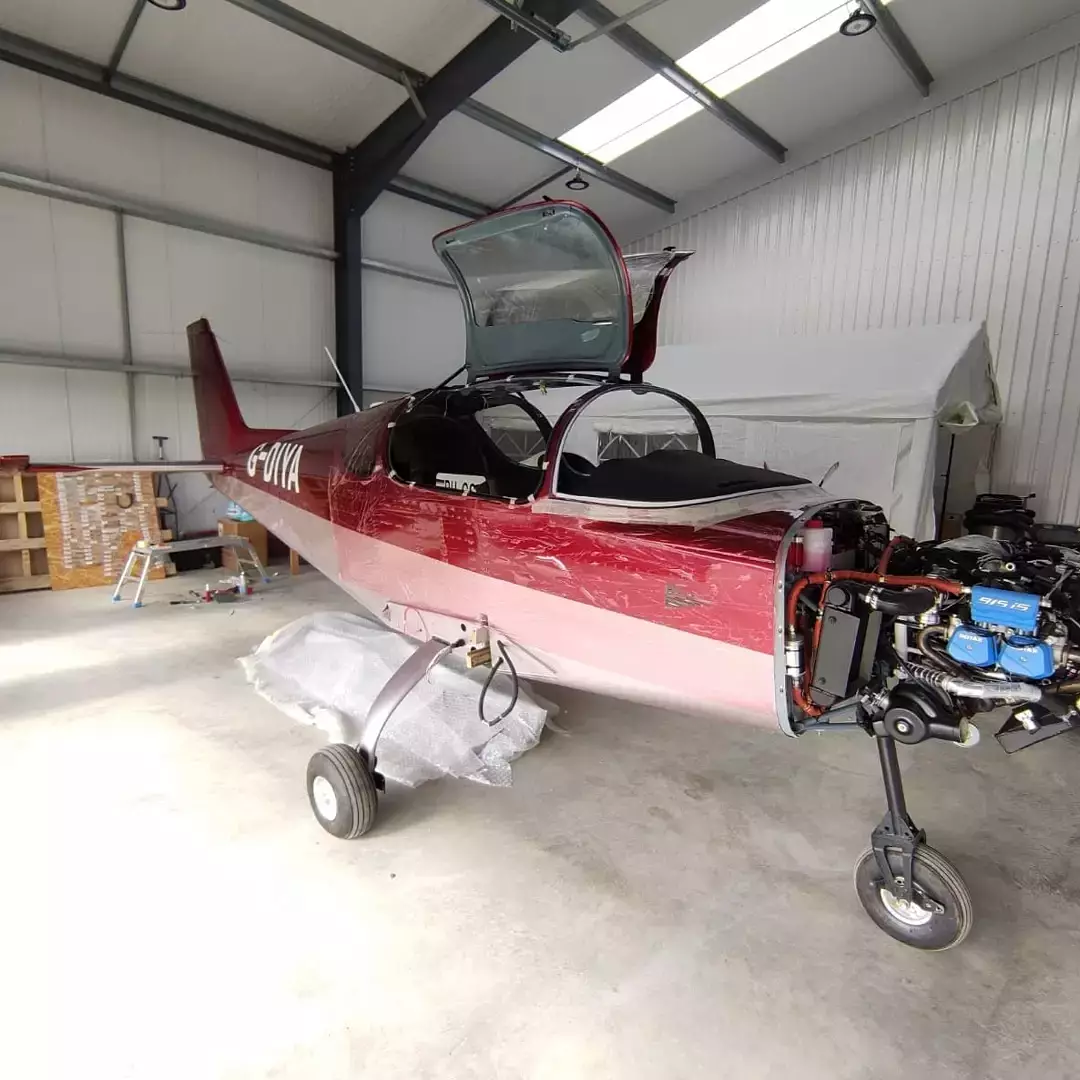 Sling TSi in the making (Photo courtesy: Ashok and Abhilasha Aliseril)[/caption]
Sling TSi in the making (Photo courtesy: Ashok and Abhilasha Aliseril)[/caption]